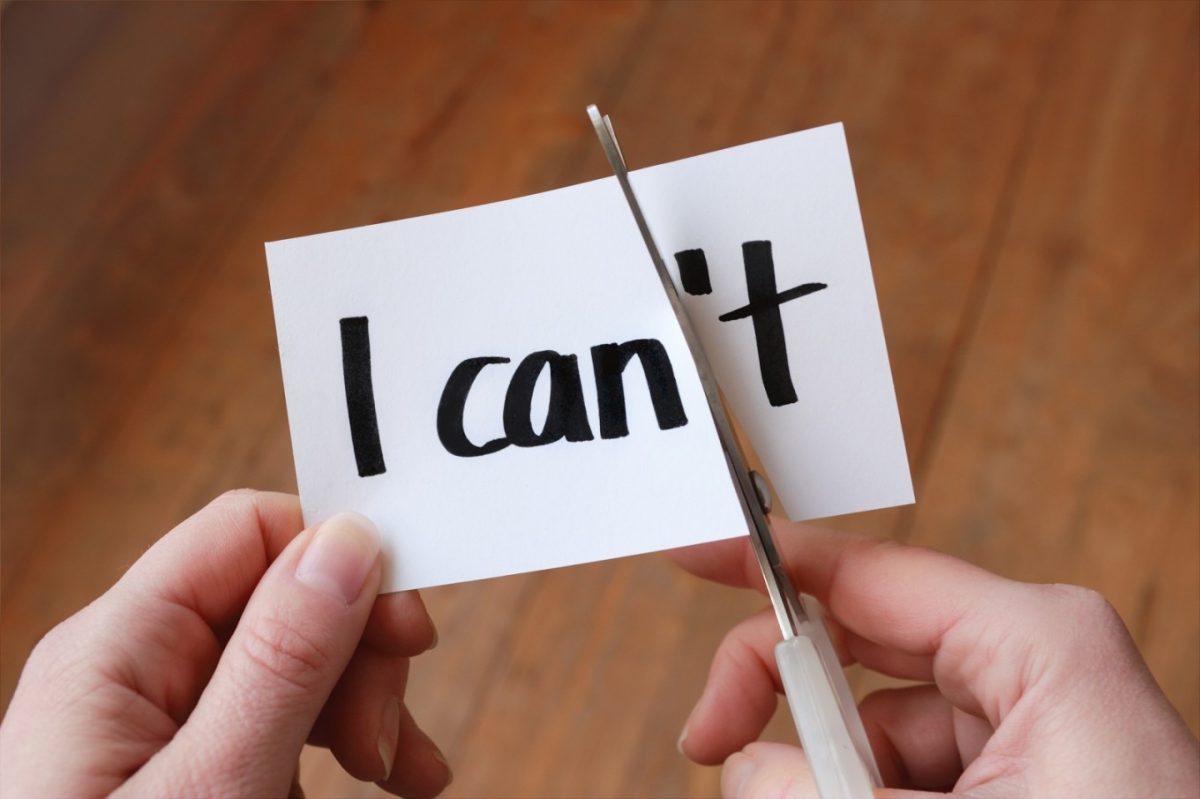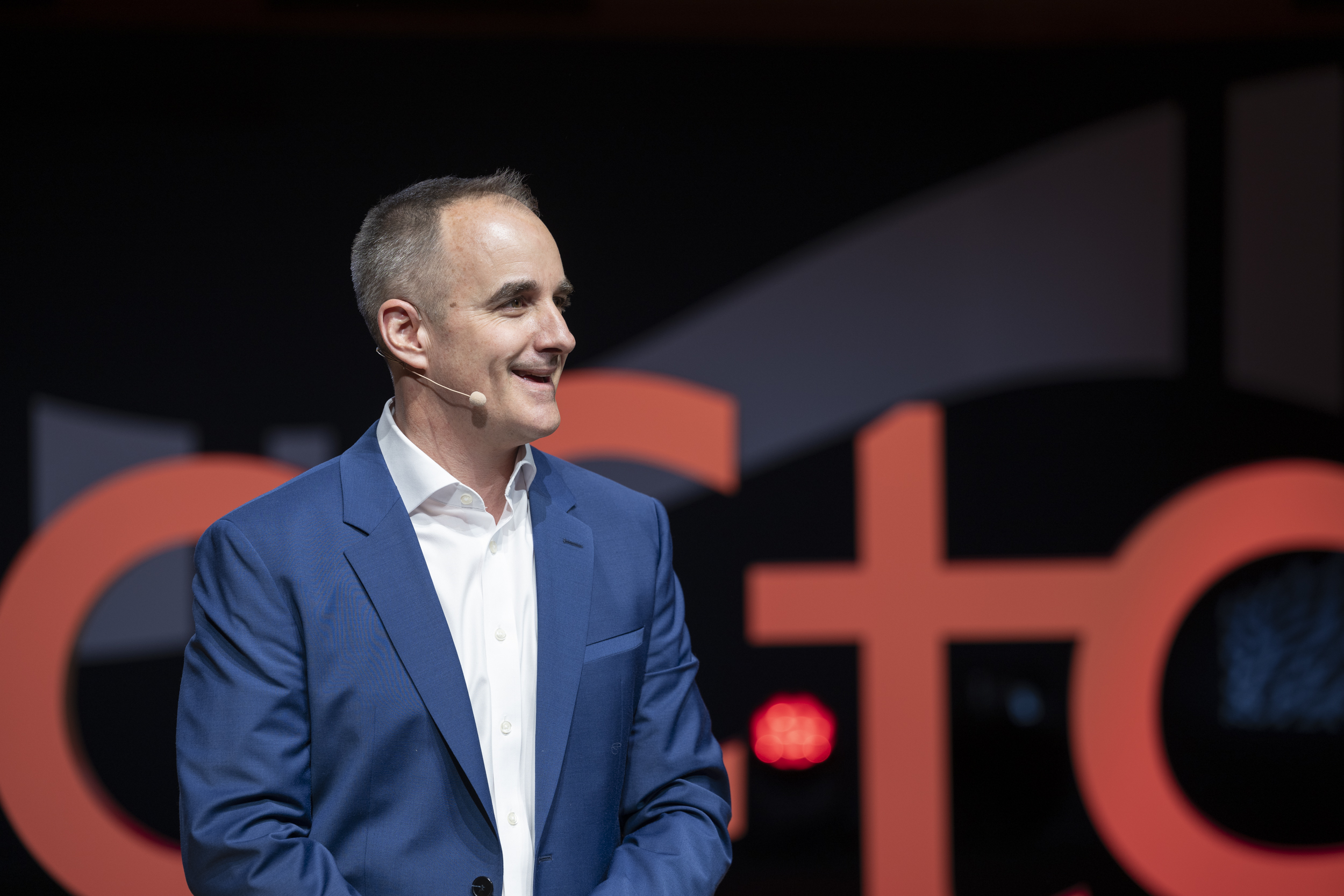
What is self-confidence?
There are tables in bookstores heaving with tomes on personal development offering everything from magic solutions that will “boost your self-confidence” to the keys to unlocking your hang-ups and giving yourself the tools to achieve your ambitions. Self-confidence is very much a modern concern. But what is self-confidence exactly? Does it really matter if you don’t have it? Can you have too much of it? Is self-confidence gender-specific? The EVE webmagazine team takes a closer look.
Self-esteem & self-confidence: what’s the difference?
Self-esteem and self-confidence are often used interchangeably. But these two concepts are actually quite different. Doctors in psychology Jean-Pierre Famose and Jean Bertsch explain that self-esteem is an “overall assessment of one’s worth as a person”. Self-esteem is the feeling of having value, self-confidence is the ability to take on the challenges that lie ahead.
“I have confidence in me”, sang Maria as she went off to meet Captain Von Trapp’s seven children.
From the Latin confidere, meaning “to rely on”, confidence is about a form of personal anchoring that we are able to develop within ourselves: stability, internal security and the knowledge that we will almost certainly be able to cope with any situation that may occur, now or in the future. We can then move forward without unwarranted fear, seize opportunities, take risks, and allow ourselves the right to make mistakes. It’s about feeling that we can succeed, but knowing we will always bounce back if we should fail. In 1999, the psychologist Jean Garneau defined self-confidence as: “a realistic and timely prediction that we have the resources to deal with a particular kind of situation”. But where does that confidence come from?
Confidence and well-balanced narcissism
Self-confidence is about striking a narcissistic balance. It’s an honest relationship with your own self: you are aware that you have worth, and yet you know you’re not a genius. You’re simply yourself, with your strengths and weaknesses; you have your own personality, forged by a host of different influences and experiences.
When you realize this truth, then a lack of self-confidence, and indeed unwarranted confidence, becomes impossible. For example, writer’s block is often caused by a lack of humility, according to the writer Daniel Picouly. Rather than starting out with mediocre writing, you strive to write something outstanding straight away.
A lack of self-confidence, as well as excessive self-confidence, can lead to myriad hang-ups, all of which prevent you from taking risks or being bold, and the first of these hang-ups is the impostor syndrome. Because you see yourself as not good enough (lack of self-confidence) or better than you really are (overconfidence), you shy away from obstacles, you procrastinate, you falter, you give up. Vincent Van Gogh has a valuable lesson to teach here: “If you hear a voice within you say, ‘you cannot paint,’ then by all means, paint; and that voice will be silenced”.
Is this balance rooted in childhood?
The bestseller How to Parent, by psychologist Fitzhugh Dodson, made a huge impact. He puts forward the idea that self-confidence is forged during childhood, and there is an element of truth in that: the first opportunities to socialize (family, school, etc.) contribute hugely to building up internal security. Feeling loved, supported, and encouraged is the foundation for self-confidence. Conversely, being devalued, or indeed overvalued, can lead to a lack of self-confidence.
This vision of pre-acquired self-confidence is seen as heading towards determinism by current trends in psychology, and has been fervently discredited. From those that believe in resilience to those who support the ideas of positive psychology, including proponents of third wave behavioral and cognitive therapies (first and foremost the ACT movement), we now know that self-confidence can be (re)built and nourished throughout our lives.
Joëlle Proust, philosopher and emeritus research director at the CNRS explains that self-confidence is a meta-cognition, a “feeling that is engendered by our cognitive activity”. In other words, “positive feedback on an undertaking that makes a person predict that he or she will succeed later, or that he or she will succeed now”. By fueling the desire to learn, confidence plays an undeniably important role in the actual learning process. According to Joëlle Proust, the problem is that “this self-confidence is not only prompted by the ability of the person but also by social representations that they have of themselves”.
A lack of self-confidence or self-censorship?
A Financi’elles study carried out in June 2018 found that 61% of female employees in the banking finance and insurance sector lack confidence and 67% self-censor their ambition. These figures show that although a lack of self-confidence results in self-censorship, it is not the only reason for it. Patrick Scharnitzky, a speaker at EVE, clearly explains this phenomenon in a webmagazine interview: “In one case, we question the person’s temperament and maturity; in the other, we ask the question of behavior in context.”
“Don’t you have any self-confidence, sweetheart”?
Another study, conducted in 2016 by the CSA Institute on behalf of the French Ministry for the Rights of Families, Children and Women points to converging beliefs among women and men on the probability of success by girls and boys in certain academic fields: 45% of women and 44% of men report that boys are more likely to succeed than girls in technological sectors. And the same applies to sports (46% of women and 42% of men think that boys do better) and science (31% of women and 25% of men).
These statistics show just how dangerous it is to proclaim far and wide that women lack self-confidence. It’s the risk of the self-fulfilling prophecy. This concept, coined by Robert King Merton, backs up Joëlle Proust’s idea that confidence depends on both the individual and on the social representations that the person is assigned. That’s why for now, girls are less likely than boys to be encouraged and pushed forward. In reality, we don’t really expect less from them, it’s that what we expect from them builds up to what we call the Straight A’s complex: you need to be good, obedient, follow instructions, wait patiently (and there’s the Cinderella complex rearing its ugly head!), discreet, etc. But these aren’t the qualities that are valued in the business world — at least the traditional one — which actually recognizes and rewards those who show what they know rather than those who can actually do things, and values initiative, granting nothing to those who ask for nothing!
No self-confidence without overall confidence
Self-confidence doesn’t work in isolation. Marie Donzel, Associate Director at AlterNego, explains it using the idea of a flying trapeze. If a trapeze artist is to jump into an empty space, she needs three levels of confidence:
- Self-confidence: To let go of the trapeze she is holding (her comfort zone), the trapeze artist must of course have confidence in her own skills: her agility, precision, flexibility, and concentration. She needs to feel capable if she is to show boldness.
- Confidence in other people: But even when she is 200% sure of her own abilities, the trapeze artist is only able to swing out into the void when she has confidence in her partner and believes she will be caught as she flies. The spectacular show is the result of a partnership, based on mutual trust and synchronization. You can only get out of your comfort zone if you have confidence in others and feel that they have confidence in you.
- Confidence in the framework: The two acrobats perform such a dangerous routine because they have confidence in the robust and flexible apparatus they are using (the framework). They believe that it will resist the energy of their powerful movements. They also know that if anything does go wrong (errare humanum est), a harness and a safety net will prevent a disaster! When applied to the world of work, this idea supports a business environment that is both secure and flexible, providing a firm foundation of rights and quality working conditions, so that employees are able to express their boldness, creativity, and innovation.
Valentine Poisson & Marie Donzel, for the EVE webmagazine. Translated from French by Ruth Simpson.
Share this Post







